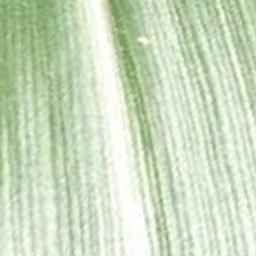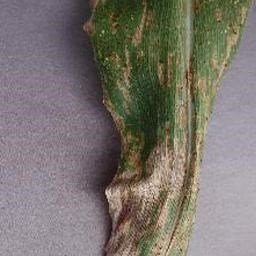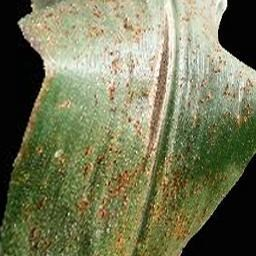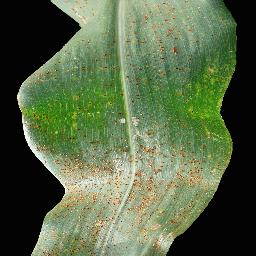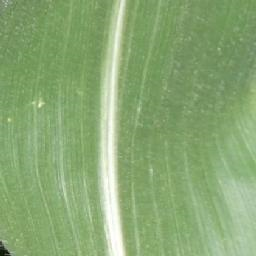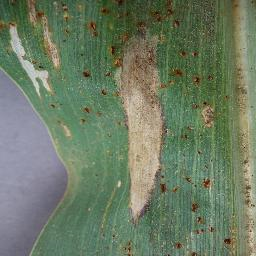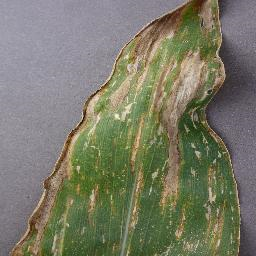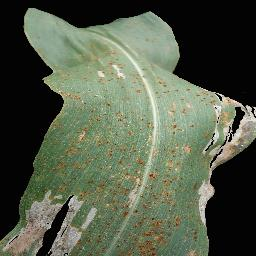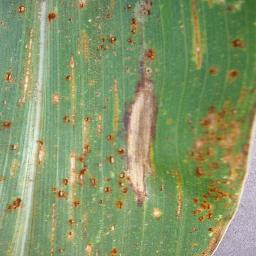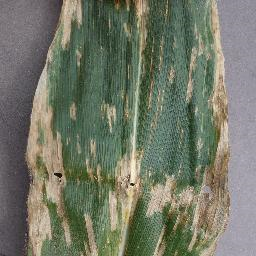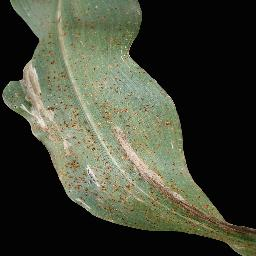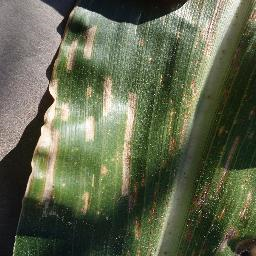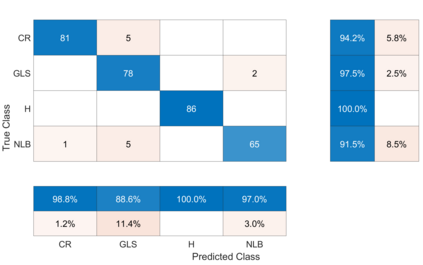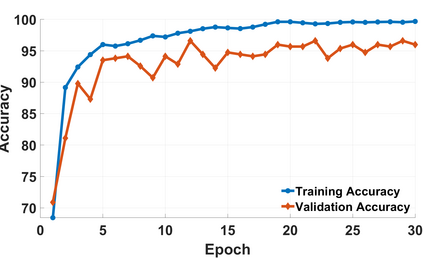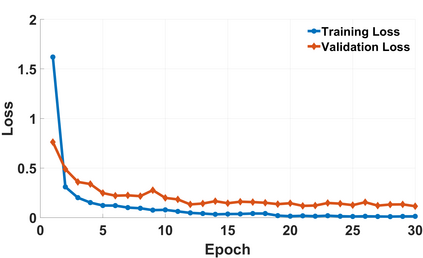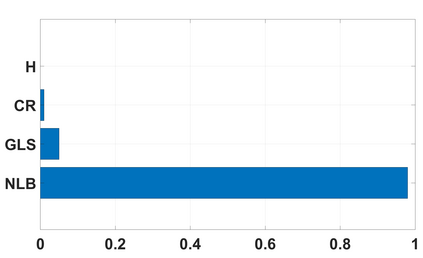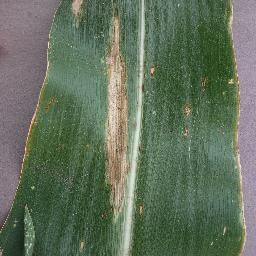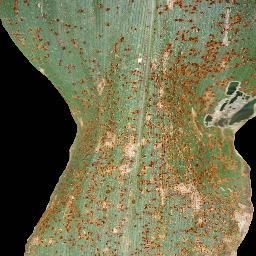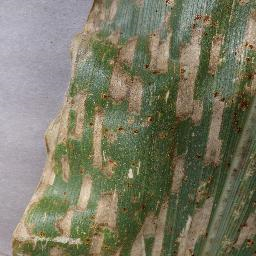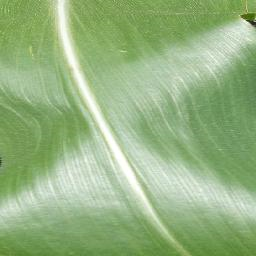In the last decades, the area under cultivation of maize products has increased because of its essential role in the food cycle for humans, livestock, and poultry. Moreover, the diseases of plants impact food safety and can significantly reduce both the quality and quantity of agricultural products. There are many challenges to accurate and timely diagnosis of the disease. This research presents a novel scheme based on a deep neural network to overcome the mentioned challenges. Due to the limited number of data, the transfer learning technique is employed with the help of two well-known architectures. In this way, a new effective model is adopted by a combination of pre-trained MobileNetV2 and Inception Networks due to their effective performance on object detection problems. The convolution layers of MoblieNetV2 and Inception modules are parallelly arranged as earlier layers to extract crucial features. In addition, the imbalance problem of classes has been solved by an augmentation strategy. The proposed scheme has a superior performance compared to other state-of-the-art models published in recent years. The accuracy of the model reaches 97%, approximately. In summary, experimental results prove the method's validity and significant performance in diagnosing disease in plant leaves.
翻译:在过去几十年中,玉米产品种植面积由于在人类、牲畜和家禽食物周期中的重要作用而有所增加。此外,植物疾病影响食物安全,并会大大降低农产品的质量和数量。准确和及时诊断该疾病有许多挑战。这项研究提出了基于一个深层神经网络的新计划,以克服上述挑战。由于数据数量有限,转让学习技术在两个众所周知的结构的帮助下得到使用。这样,通过将预先培训的移动网络2和感知网络结合采用新的有效模式,因为它们在物体检测问题上的有效表现。MoblieNetV2和感知模块的演进层与早先的层平行安排以提取关键特征。此外,班级不平衡问题已经通过增强战略得到解决。与近年来公布的其他最先进的模型相比,拟议方案的业绩优于其他最先进的模型。模型的准确性达到97%,大约为97%。总而言,实验结果证明了该方法的有效性和对植物叶色病的诊断的显著表现。


